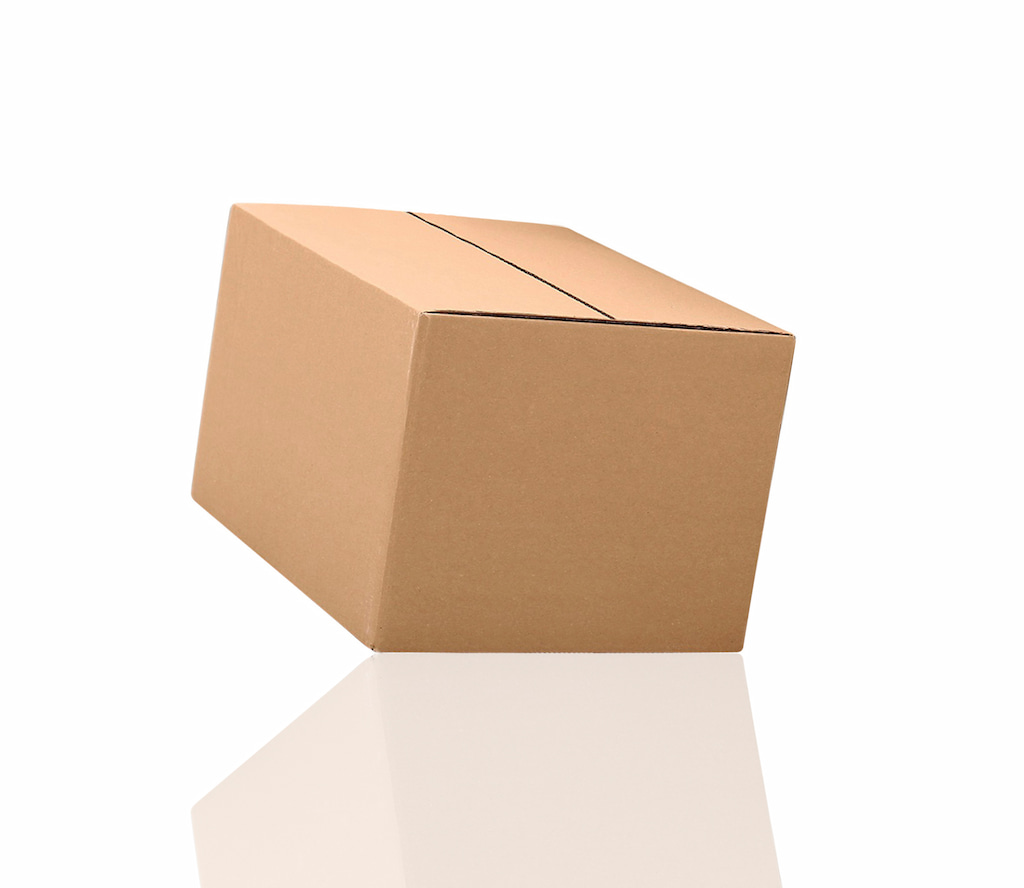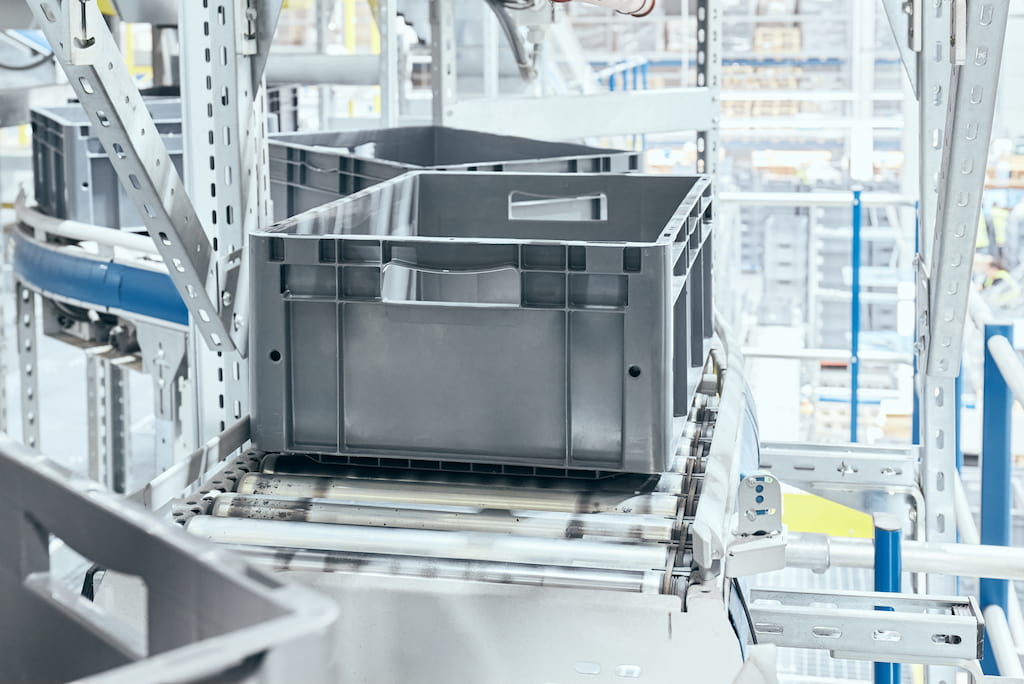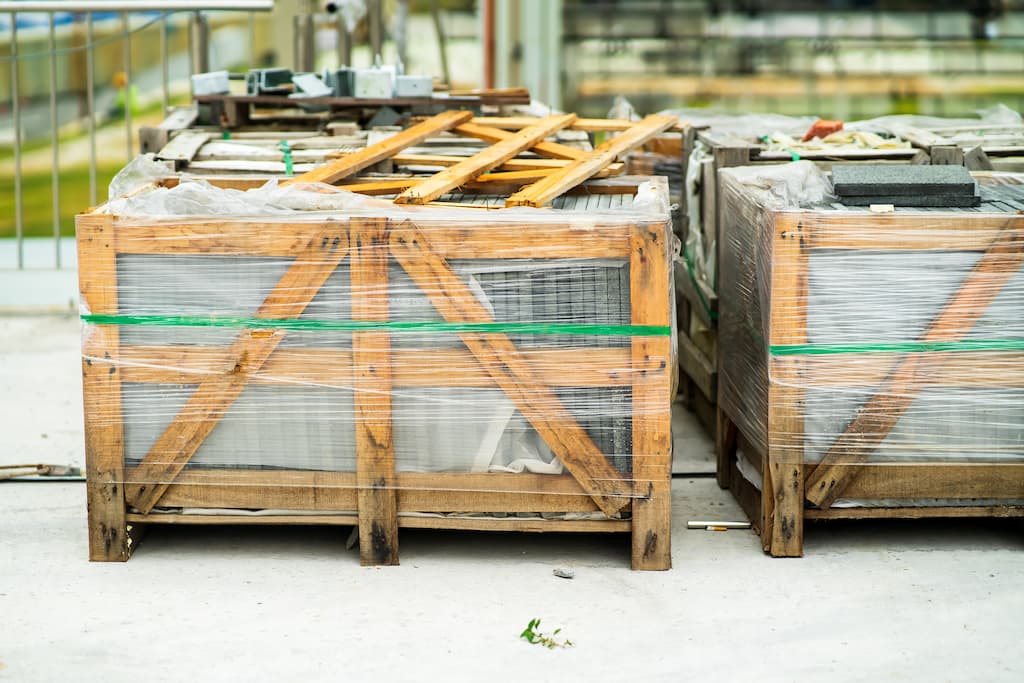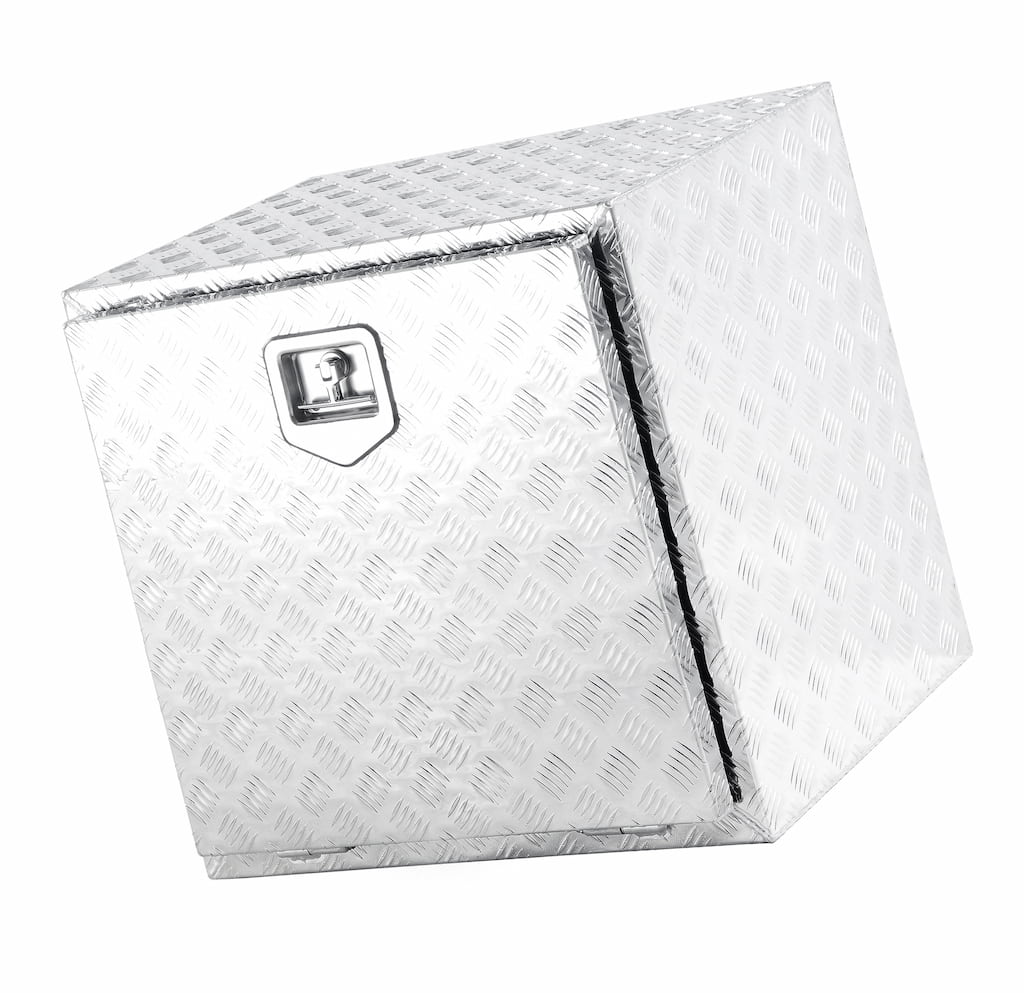
Transport packaging is a key element in today’s logistics. It not only protects goods during transport, but also optimises space and reduces costs associated with handling and storage. Choosing the right packaging for each type of product is essential to ensure that goods arrive at their destination in perfect condition, minimising the risk of damage and loss.
In this article, we will explore in detail the different types of shipping packaging, from the most common options such as cardboard and plastic, to more specialized solutions such as metal packaging and eco-friendly packaging.
We will also cover the factors to consider when selecting packaging, technological innovations in the sector and regulations that must be met. Finally, we will offer you practical advice to maximize the efficiency of your logistics chain through the correct use of packaging.
Keep reading!
Tabla de contenidos
ToggleImportance of proper packaging
Proper packaging is crucial to protecting goods during transport. Well-designed and applied packaging acts as the first line of defense against impacts, vibrations, moisture, and other hazards that may arise along the way.
In addition to safeguarding product integrity, proper packaging facilitates handling and storage, minimizing the chances of damage or loss. This is especially important for fragile, perishable or high-value goods, where a small amount of damage can translate into significant losses.
Choosing the right packaging also has a direct impact on transport efficiency and cost reduction. By optimising the use of space and ensuring the safety of the contents, delays, returns and claims can be avoided, resulting in operational savings. In addition, efficient packaging can reduce the total weight and volume of shipments, lowering transport costs.
On the other hand, inadequate packaging can cause serious problems, such as damage to products, delays in deliveries, and increased costs due to the need for replacements or repairs. For example, a box that is too large can allow the contents to shift and become damaged, while insufficient packaging may not support the weight of the product, resulting in breakage or deformation.
Types of packaging for transport
Choosing the right packaging is essential to ensure the protection and safety of the goods during transport. There are various types of packaging used depending on the type of product, the distance to be travelled and the conditions to which the load will be subjected.
Below we list the main types of packaging for transport, along with their advantages, disadvantages and common uses.
Cardboard packaging

Cardboard packaging is one of the most widely used in the transportation industry due to its versatility and affordable cost. Cardboard boxes are lightweight, which reduces the overall weight of the load and therefore shipping costs. In addition, they are easy to stack and store, and can be customized in size and shape to suit different types of products.
Advantages:
- Lightness: Cardboard is a lightweight material that does not add significant weight to the load.
- Recyclable: It is an ecological material that can be recycled several times.
- Economical: Generally, it is cheaper than other types of packaging.
Disadvantages:
- Limited strength: Not ideal for very heavy products or those requiring robust protection.
- Susceptible to moisture: May be weakened or damaged if exposed to water or moisture.
Common uses:
- Transport of light products such as textiles, non-perishable foods, and electronic products.
- Used in e-commerce shipments to protect items during distribution.
Plastic packaging

Plastic packaging is another popular option for transporting goods. This type of packaging is known for its durability and resistance to environmental conditions. Plastic boxes are reusable and offer greater protection against shock and moisture compared to cardboard.
Advantages:
- Durability: The plastic is resistant to impact, moisture and chemicals.
- Reusable: Many plastic boxes can be used multiple times, reducing long-term costs.
- Lightweight: Although it is stronger than cardboard, plastic is still relatively lightweight.
Disadvantages:
- Initial cost: It is more expensive than cardboard, which can be a disadvantage for short-term uses.
- Environmental impact: Although it is reusable, plastic is less environmentally friendly if not recycled properly.
Common uses:
- Transport of moisture-sensitive products such as fresh foods, pharmaceuticals and chemicals.
- Used in reverse logistics due to its ability to be reused.
Wooden packaging

Wooden packaging is traditionally used to transport heavy goods or large volumes. Wooden pallets, boxes and crates provide a solid and stable base for transporting and palletizing goods, especially for loads that require strength and durability.
Advantages:
- Resistance: The wood supports high weights and is resistant to impacts.
- Customizable: Can be adapted to products of different sizes and shapes.
- Recyclable: Although not as common as cardboard, wood can be reused or recycled.
Disadvantages:
- Weight: Wood is heavier than cardboard and plastic, which can increase shipping costs.
- Susceptibility to pests: Wood can be attacked by insects if not treated properly.
Common uses:
- Transport of heavy machinery, industrial equipment and bulky products.
- Used for exports and imports due to its robustness and reliability.
Metal packaging

Metal packaging, although less common, is essential in the transportation of extremely heavy or valuable goods. Metal boxes offer superior protection against physical damage and are often used in the military and high-tech industries.
Advantages:
- Maximum protection: Metal is highly resistant to impacts, crushing and extreme conditions.
- Durability: It can last for many years without deteriorating, even under adverse conditions.
- Reusable: Metal boxes are extremely durable and can be reused many times.
Disadvantages:
- Cost: It is the most expensive type of packaging in terms of materials and manufacturing.
- Weight: Metal is much heavier than other materials, which significantly increases transportation costs.
Common uses:
- Transport of highly valuable or dangerous products, such as delicate electronic components, heavy machinery, and military products.
- Used in sectors where product safety and protection are of the highest priority.
Factors to consider when choosing packaging
Type of merchandise
The nature of the goods is one of the most crucial factors when choosing the right packaging. Fragile products such as glassware or electronics require packaging that absorbs shock and protects against vibrations, such as cardboard with foam or bubble wrap. On the other hand, perishable products, such as food and medicine, need packaging that maintains optimal conditions, such as refrigerated containers or insulating materials.
Choosing the right packaging for the type of merchandise not only ensures its integrity during transport, but also optimizes costs and logistical efficiency.
Distance and method of transportation
Distance and method of transport are also factors when selecting packaging. Long-distance shipments, especially those involving multiple transfers, require more robust packaging to protect against potential damage. For example, metal or wooden packaging is ideal for ocean transport, where products may be subject to harsh environmental conditions.
In contrast, for short-distance shipments, road freight or air freight, lighter packaging such as cardboard or plastic may be sufficient, balancing protection and costs.
Costs and budget
Cost is a key factor when choosing packaging. It is essential to find a balance between the protection that the packaging offers and its impact on the budget. While metal packaging offers the most protection, it is also the most expensive.
Alternatively, cardboard is more economical, but may not be suitable for all types of goods. Considering the value of the product and the risk associated with transport can help determine the ideal budget for packaging, thus ensuring a good cost-benefit ratio.
Innovations in packaging for transport
Eco-friendly packaging
Eco-friendly packaging is gaining popularity due to growing concerns about the environment. These packages are made from recyclable or biodegradable materials, such as recycled cardboard or compostable plastics, which reduce the environmental impact. In addition, many companies are opting for designs that minimize the use of materials, which is not only sustainable but also reduces production and transportation costs.
A common example is the use of corrugated cardboard packaging, which offers excellent protection while being completely recyclable.
Packaging technology
Technology is transforming the world of packaging with innovations such as smart packaging. These packages incorporate technologies such as RFID tags and sensors that allow the product to be tracked in real time, monitor environmental conditions, and ensure the integrity of the goods during transport.
This type of packaging is especially useful for sensitive products, such as perishable foods or medicines, where temperature and humidity must be strictly controlled.
Custom packaging
Custom packaging allows companies to tailor packaging to the specific needs of their product, which can improve protection and optimize transportation space. In addition, customized design can enhance brand image and improve customer experience.
Packaging regulations and standards
International regulations
Compliance with international regulations is crucial in transport packaging, especially for companies that operate globally. These regulations ensure that packaging meets safety, environmental protection, and proper handling requirements. For example, the ISPM 15 regulation is essential for wooden packaging, as it requires thermal or chemical treatment to prevent the spread of pests.
In addition, regulations such as those of the International Organization for Standardization (ISO) establish standards that ensure that packaging is suitable for international transport, protecting the goods during transit.
Required Certifications
Packaging certifications are a guarantee of quality and compliance with current regulations. Some of the most common certifications include FSC certification for wooden packaging, which guarantees that the material comes from sustainably managed forests. Other certifications, such as ISTA (International Safe Transit Association) certification, validate that packaging has been tested to withstand transport conditions.
Complying with these certifications not only ensures product integrity, but also builds trust with customers and business partners.
Tips and best practices
Maximizing protection and efficiency in transport packaging is essential to ensure that goods arrive at their destination in perfect condition. A key tip is to choose high-quality packaging materials that fit the type of goods, such as using foam or bubble wrap for fragile products. Also, make sure that the packaging is resistant to transport conditions, such as humidity or vibrations, by using double-walled boxes or additional wrapping when necessary.
On the other hand, it is important to optimize the space inside the packaging to avoid internal movements that can cause damage. Using separators, dividers, or additional padding can prevent products from moving during transit.
Common mistakes to avoid include underestimating the weight of the goods, which can lead to using inadequate packaging that cannot support the weight, causing breakage or deformation. Another common mistake is not labelling the packaging correctly, which can result in handling problems and losses during transport.
By following these best practices, you will ensure efficient logistics and minimize risks when transporting goods.
In short, choosing the right packaging is critical to ensuring protection, efficiency and success when transporting goods. Investing in the right packaging is essential to ensure customer satisfaction and logistical success.
Are you looking to optimize the transportation of your goods? At TPLogistics, we offer comprehensive logistics solutions that guarantee safety and efficiency in every shipment.
Contact us to find out how we can help you manage your transportation effectively.


